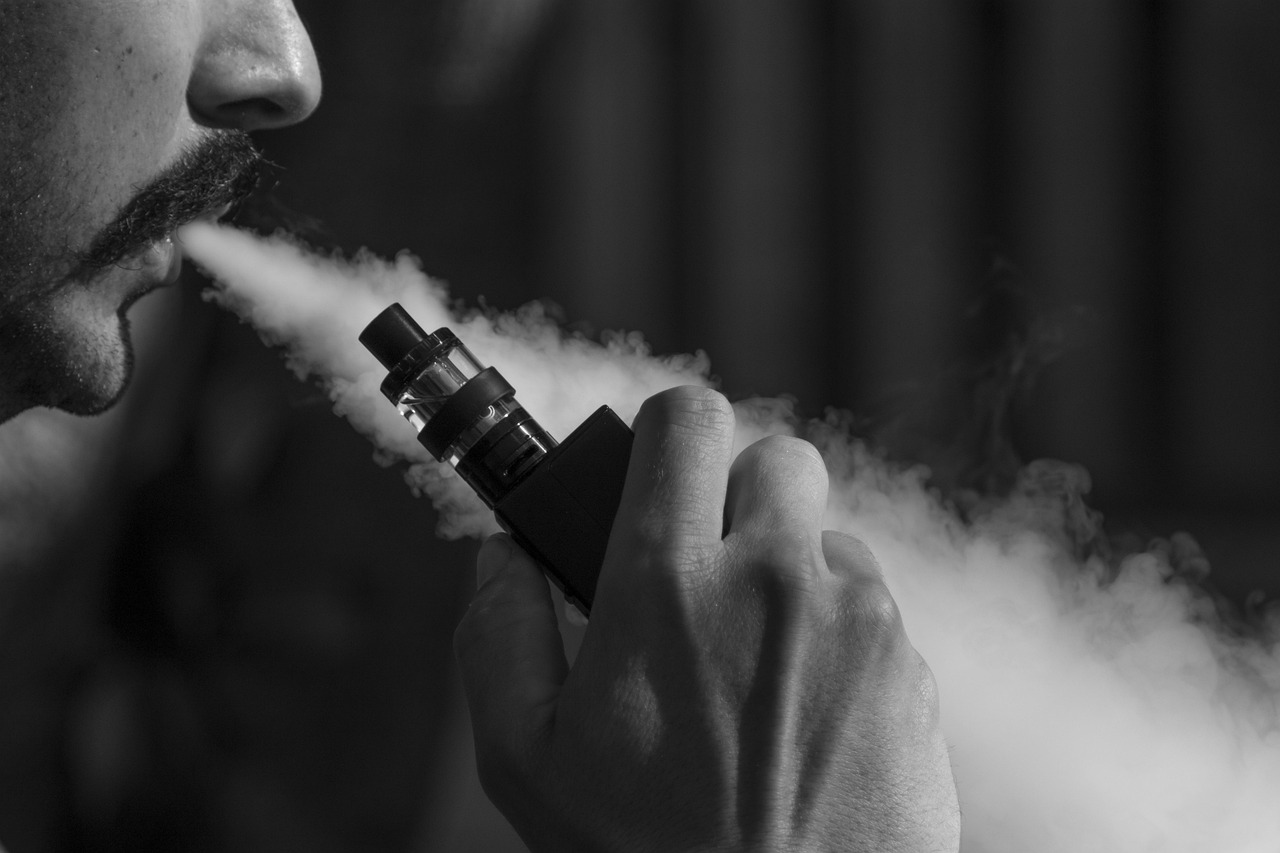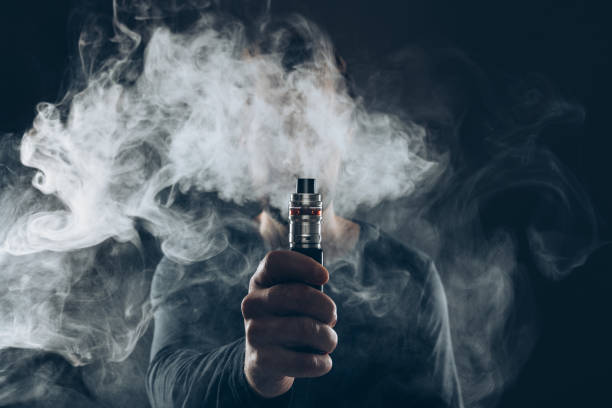Sub Ohm Quality Check: What to Look Out For?

Table of Contents
Sub ohm quality plays a huge role in how every session hits. Whether it's the flavor, cloud size, battery performance, or overall build, every part of the experience depends on how well the hardware and materials are made. The difference between a smooth, clean hit and a burnt-out mess usually comes down to quality control. Understanding what makes sub ohm quality high or low is what separates casual sessions from the ones that go viral in the group chat.
It’s not always about brand or packaging either. Some carts look flashy but perform weak. Others may not look like much but deliver hard, smooth, and consistent clouds.
Checking sub ohm quality means breaking down what’s inside, how it’s built, and how it behaves when things heat up. Knowing what to spot, and what to avoid, can keep every cloud clean and every session lit without wasting money or product.
Thinking about a new cart? Don’t miss the Sub Ohm Bongo collection from STNR Creations. Use sly420ng at checkout and enjoy 20% off your next purchase!
What Defines Sub Ohm Quality?

Sub ohm quality starts with the resistance of the coil. A true sub ohm coil reads below 1.0 ohm, and that technical detail affects how much power flows through it, how fast it heats, and how much vapor it produces. But there’s more to it than just the number. High-quality sub ohm carts don’t just hit, they hit consistently, without weird dry spots, burnt taste, or leaky messes. The build of the cart, the design of the coil, and even the wick material matter a lot.
A strong indicator of sub ohm quality is consistency from one cart to the next. When every cart hits with the same power, flavor, and draw smoothness, that’s a sign the manufacturer isn’t cutting corners. Stability under power is another giveaway. A quality sub ohm cart can handle high wattage without overheating or falling apart. The coil stays intact, the oil vaporizes evenly, and there’s no weird chemical taste creeping in mid-session.
The feel of the vapor is another detail that reveals quality. Sub ohm carts that deliver thick, clean clouds without irritation usually come from well-built hardware. If the vapor feels thin or the hit is too harsh, that’s a red flag. Sub ohm quality is about more than just power. It’s about delivering a full, flavorful, and chill experience every single time.
Coil Construction and Materials
The coil is where everything starts, so sub ohm quality depends a lot on how it’s built and what it’s made from. Coils in high quality sub ohm carts usually use materials like stainless steel, kanthal, or nickel-chromium alloys. These materials hold up under higher heat without breaking down or releasing weird byproducts. Cheap coils can warp or burn out quickly, leaving hits tasting like metal or cotton.
Wick material also plays a major role in determining sub ohm quality. Cotton wicks need to be tightly packed and clean. Loose, frayed cotton often leads to uneven soaking, which means some parts of the coil stay dry while others flood. That’s how dry hits and leaking start. High-quality carts use organic cotton that can handle high temperatures without losing structure or messing with the oil’s flavor.
A good coil also sits snug in its housing. Rattling parts, uneven wrapping, or loose contacts are signs of poor manufacturing. Tight, symmetrical coils with smooth edges and firm connection points show that care went into the design. Every small piece of the coil affects how well the cart hits, and checking coil build is one of the fastest ways to judge sub ohm quality.
Airflow Design and Draw Resistance
The draw is what makes or breaks the vibe of a session. If the airflow is too tight, the vapor chokes out and feels like dragging a milkshake through a straw. If it's too loose, the hit feels airy, weak, and flavorless. Sub ohm quality carts hit right in the middle, just enough airflow to keep the draw smooth, but with enough resistance to make the vapor feel full-bodied and flavorful.
Good sub ohm airflow design directs air evenly across the coil, cooling it just enough while pulling the vapor straight up through the mouthpiece. When air flows from awkward angles or gets blocked by poorly placed hardware, it creates turbulence, making the draw feel messy or inconsistent. That’s a huge red flag for quality.
Some premium carts allow adjustable airflow, and that can be a big plus. The ability to fine-tune the resistance to match mood, battery, or wattage level shows an attention to user control that usually tracks with higher sub ohm quality overall. If a cart has locked, fixed airflow, it better be dialed in just right, because if not, the entire session could feel off from the first pull.
Temperature Control and Wattage Handling
Sub ohm carts push a lot of power, which means they need to be able to handle high heat without falling apart. The quality of the materials used in the coil, tank, and mouthpiece all contribute to whether or not a cart can deal with high wattage without overheating or degrading. Sub ohm quality means no strange burning smell, no sizzling noises, and no risk of meltdown when the voltage gets bumped.
Higher quality carts usually work well with variable wattage batteries and even temperature control mods. They don’t spike in heat, and the flavor stays consistent even over long sessions. Poor quality carts start off decent but quickly break down when used at higher wattage, leaving burnt coils or broken seals.
The ability to handle power without sacrificing performance is key to sub ohm quality. A cart that performs well at 20 watts but breaks down at 30 isn't really built for sub ohm performance. Quality carts are tested across ranges, not just the low end. The ones that hold up under pressure are the ones that belong in any solid rotation.
Build Stability and Leak Resistance
No one wants to pull out a cart and find the tank half-empty from a leak. Leak resistance is a big part of sub ohm quality, especially since these carts operate hotter and faster than regular ones. Heat can thin out oil, and poor seals will let it drip out through airflow holes or connection points. A quality cart is sealed tight, with no gaps or warping.
Sturdy build construction is also a sign of a cart that won’t fall apart mid-session. That means tight threading, reinforced tank walls, and a solid mouthpiece that doesn’t wiggle or pop off. Carts with high sub ohm quality feel weighty and secure in the hand. There’s no rattle, no loose parts, and no weird movement when tapping the tank or setting it down.
High-quality carts can survive a bit of wear and tear without losing performance. While nobody plans to drop their cart, accidents happen, and the ones that don’t shatter or leak right after are usually made from better materials with more thoughtful design. Sub ohm quality shows up in how well a cart holds up, not just how good it looks fresh out of the package.
Testing and Performance Consistency

Quality is nothing without consistency. One of the best signs of good sub ohm quality is when every cart from a batch performs the same. Flavor stays clean, vapor stays thick, and hits never feel off or unpredictable. The more repeatable the experience, the more confidence users have in putting a cart into rotation without second-guessing.
Tested hardware usually comes with lab validation or basic resistance and voltage ratings printed clearly. Carts that leave users guessing are usually hiding poor quality control. Sub ohm quality is about more than just the cart that works—it’s about every cart working reliably from start to finish.
Performance also means longevity. A high-quality sub ohm cart won’t give out halfway through the tank. The coil will stay even, the wick will keep soaking oil smoothly, and the draw will remain clean. When quality holds up over time, that’s when trust is built. Nobody wants a cart that starts strong and ends in disappointment.
Sub Ohm Quality in Social Sessions
Sub ohm carts are built for group sessions. Everyone wants smooth, flavorful clouds that look good in the air and taste just as good going in. Sub ohm quality makes those moments possible. Carts that hold up under shared use, pass easily from person to person, and stay clean after multiple hits are the ones that earn respect in any crew.
The vibe of a good group session depends on how well the hardware works. Sub ohm quality carts bring a smooth rhythm to every rotation. There’s no awkward coughing, no burnt taste, and no frustration. Every hit lands. That level of performance is what people remember, and it’s what brings carts back into the mix every time.
Durability is another major factor in group settings. The cart needs to stay stable even if it's dropped, jostled, or passed around on repeat. Sub ohm quality ensures that the hardware doesn’t get loose, clogged, or gross halfway through the night. It keeps the party smooth and the hits consistent.
FAQs
What defines good sub ohm quality in a vape cart?
Good sub ohm quality comes from a combination of tight coil construction, high-grade materials, strong airflow design, leak resistance, and consistent vapor production. When all of these elements come together, the result is a cart that performs well under power and stays reliable over time.
How can coil materials impact sub ohm quality?
Coils made from stainless steel or kanthal provide more durability and better heat control. Low-quality coil materials burn out faster and affect the taste of the vapor. Better materials lead to cleaner, longer-lasting hits that don't break down under pressure.
Why does airflow matter for sub ohm carts?
Airflow affects how smooth the draw feels and how evenly the coil heats. Poor airflow makes the vapor taste burnt or feel choked. High sub ohm quality carts have airflow systems that keep hits cool, flavorful, and consistent from start to finish.
How does wattage compatibility affect sub ohm quality?
Sub ohm carts need to handle high wattage without overheating or degrading. Carts that can’t take the heat break down quickly, causing burnt coils or leaking. Quality carts stay stable and safe across different wattage settings.
Can sub ohm quality be tested without using the cart?
Basic quality checks include inspecting coil resistance, checking for build stability, testing airflow tightness, and reviewing how securely everything fits. If anything feels loose, leaks, or wobbles before the cart is even used, chances are it won’t hold up during a session.
